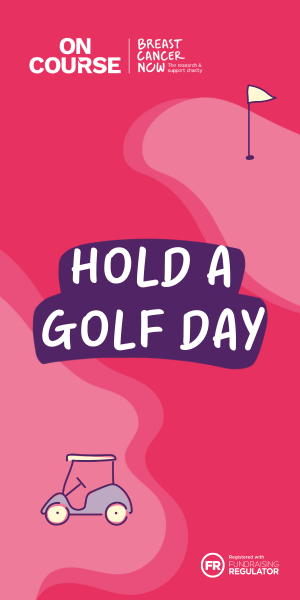This week, we ask: Is it time for men’s and women’s tees to give way to tee boxes based on ability instead?
If you read my recent article, What’s the difference between gender and ability, you’ll know this is a topic I’ve talked quite passionately about before.
I wholeheartedly believe that men’s and women’s tees have no place in golf anymore.
Segregating golfers based on gender alone isn’t only tone deaf. It has the power to alienate a whole generation of potential golfers. It makes the game slower. And, most importantly, it takes away a lot of the fun.
Moving to tees based on ability will drag the game – albeit kicking and screaming – into the modern world. It could really drive participation (not just women, but men too) and get more people enjoying the game.
Men shouldn’t be the default golfer
The first issue I have with the traditional tee system is that it treats men as the default golfer. Golf courses are set up based on the average male golfer – tee placement, landing areas, hazards, etc – and women’s tees are just plonked a bit further forward.
I couldn’t really find a definitive answer as to what logic defines the correct placement of women’s tees (which says a lot in itself). But there are two schools of thought: The first is that everyone’s tee shots end up in roughly the same place, and the second is that men and women have similar clubs into the green.
Either way, both depend heavily on how far a golfer hits the ball.
And you might be surprised by those numbers too ...
Golf courses are too long for women – and men
According to research by the USGA, the average woman golfer drives the ball 148 yards, making the recommended course yardage up to 3,700 yards.
How many golf courses do you know that are under 4,000 yards? I can’t say I’ve ever come across very many.
And for men? The average driving distance is 216 yards. The recommended course yardage is 5,800 – 6,000 yards. But from the white tees, a lot of UK golf courses are over 6,000 yards.
So based on the numbers alone, golf courses are too long for many golfers – men and women.
Why does it matter?
There are no two ways about it; golf courses that are too long are not enjoyable.
Hit your driver. Hit a long iron or fairway wood. Repeat.
And the same is true for courses that are too short.
Golf becomes monotonous and boring at best. Intimidating, frustrating and embarrassing at worst.
But play from a tee that suits your game, and suddenly you’re hitting different shots, using all the clubs in your bag. It’s interesting and it’s more enjoyable.
A good score wouldn’t be guaranteed. I’ve scored terribly on plenty of short courses. But we’d all be having a better time.
Golf would take less time
If we moved to an ability-based tee system, there’s a strong argument that the game would be quicker (for obvious reasons).
But improving the pace of play has much further benefits than just getting us all around the course more quickly.
We know that time is a huge barrier to participation, especially for women.
If we can cut down how long it takes to play golf, I’m confident in turn we can encourage more women to get into the game.
Clubs are already starting to adopt “ability tees”
Tee systems based on ability aren’t a new thing. I lived in Abu Dhabi, in the UAE, between 2016 and 2019, and there was no such thing as men’s and women’s tees. There were just tees based on how far you could hit it.
Yes, there were tees that most women played from and tees that most men played from. But on the whole, people played from whatever tee best suited their game.
And a growing number of clubs around the UK are adopting similar systems for one reason: It works.
Well, for the most part, it does anyway.
Of course, it will take time to change the stigma attached to “women’s” tees. But I think changing the labels from red and yellow to something completely different would go a long way to addressing that.
Any sort of change takes time, especially when change is so ingrained in the culture of a sport.
But I do think the tides are changing.
What do you think; are "ability tees" the way forward? Share your ideas with me by emailing [email protected].















